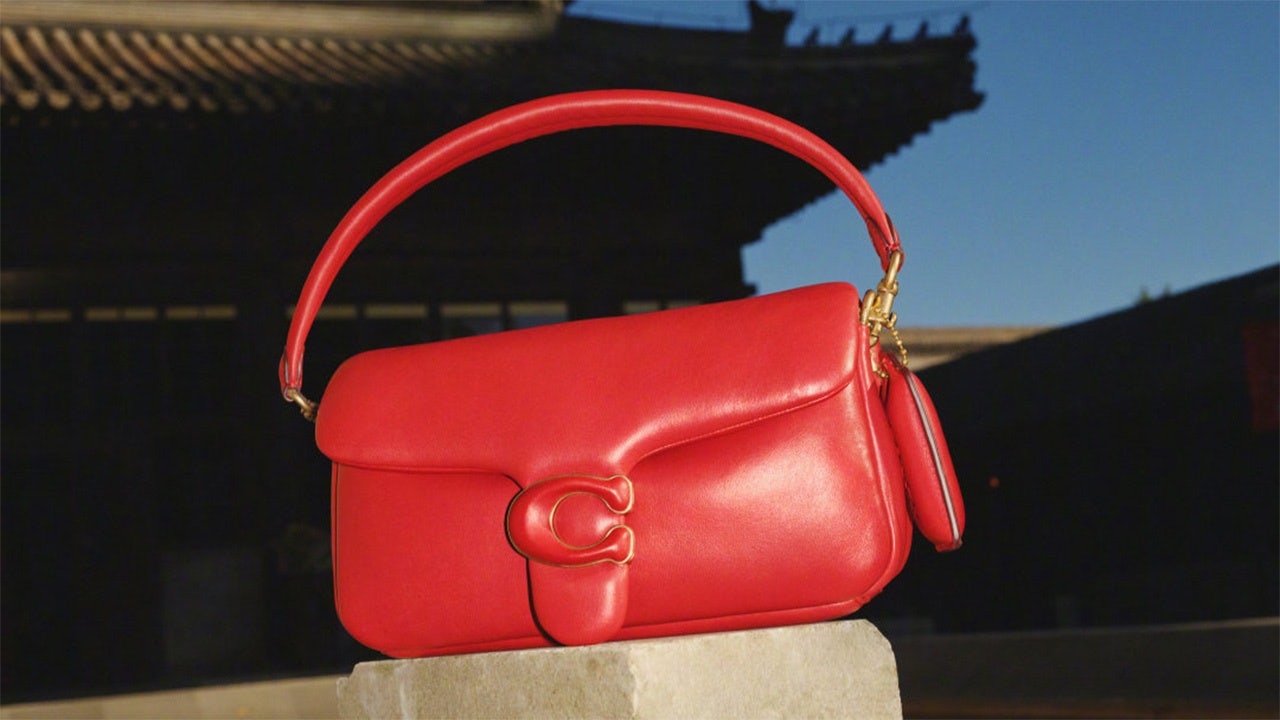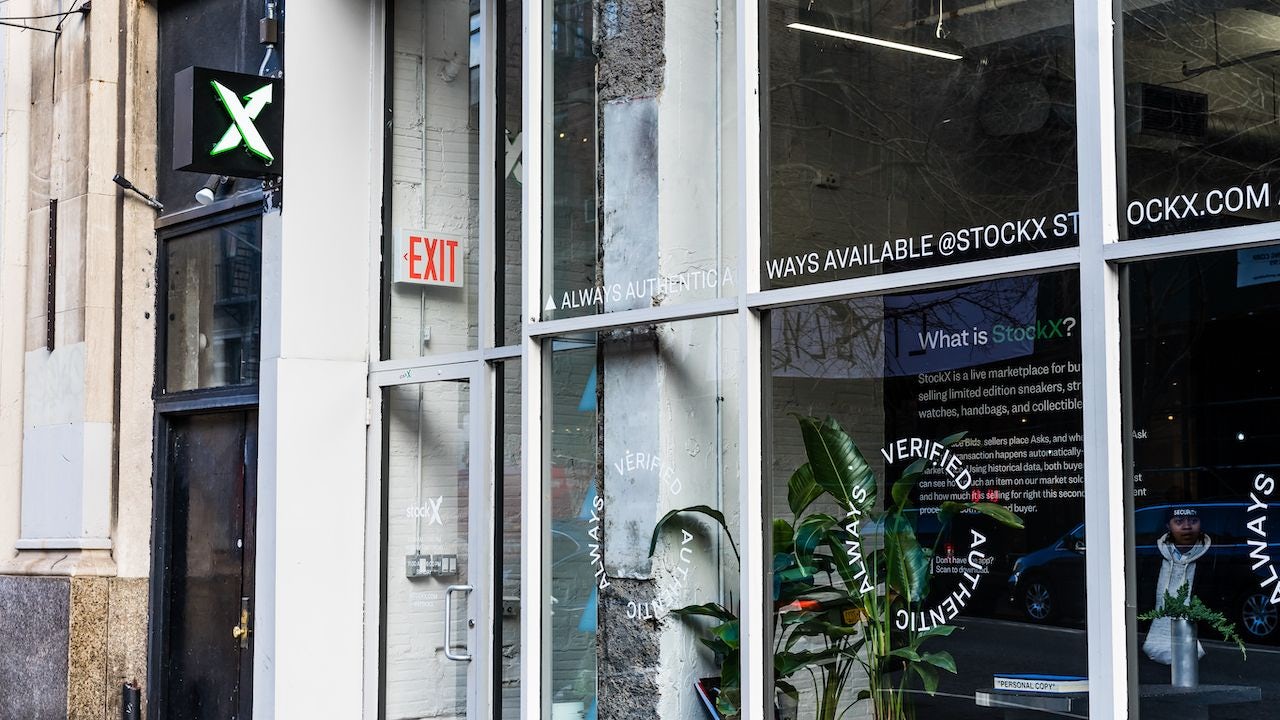What happened
On January 10, the second-hand fashion platform Plum released its fashion consumption list for the second half of 2021. The list analyzes the characteristics of the consumption patterns of second-hand luxury brands, domestic brands, and designer brands through the traits of buyers in different areas, the decision-making power of their men and women, and consumption in the so-called "sink market" (meaning China's Tier-3 and Tier-4 cities). Gucci topped its list, outselling rivals Louis Vuitton and Chanel. Christian Dior came in last place (tenth).
Plum (or Hongbulin) is a one-stop consignment service founded in 2017 and headquartered in Beijing. With seven accounts on Douyin (numbering 522,000 followers), it closed its Series B+ round financing with 20 million in August 2019.
The Jing Take
There is little doubt that China’s 2.7-billion luxury resale industry will mature — especially as the Chinese consumer awareness of sustainability rises and young shoppers grow their purchasing power. In September 2021, the Institute of Energy, Environment, and Economics of Tsinghua University released a co-branded report looking at carbon emissions reduction through China's idle second-hand transactions, helping prove this growth.
This report also offers a fascinating lens on who is buying what, where. Through big data, regional differences in products users in different cities want to sell are visible. For example, MCM and Coach (which offer thousand yuan entry-level handbags) were the cost-effective brands most loved by users when it comes to bags. Beijingers sell the most one-shoulder bags; Shanghaiers offer the most accessories overall; users in Hangzhou list the most mini-bags. Different cities have different shopping preferences, too. For instance, Hangzhou customers like to buy necklaces. But watches reign supreme in Guangzhou.
The geographic data on the platform indicated that many small, potentially insignificant cities in China now have more opportunities for second-hand fashion purchases. Luxury is reaching the likes of Mohe in Heilongjiang, Chamazhong Street, and Dege County — cities unlikely to be on luxury’s radar.
Finally, domestic consumption has also become a new bright spot. Erdos, Moamp;Co., and Lao Miao jewelry, among others, have become the preferred domestic brands of many users. That illustrates the growing power of Chinese brands and is a note of caution to global names looking to tap the sector.
The Jing Take reports on a piece of the leading news and presents our editorial team’s analysis of the key implications for the luxury industry. In the recurring column, we analyze everything from product drops and mergers to heated debate sprouting on Chinese social media.


